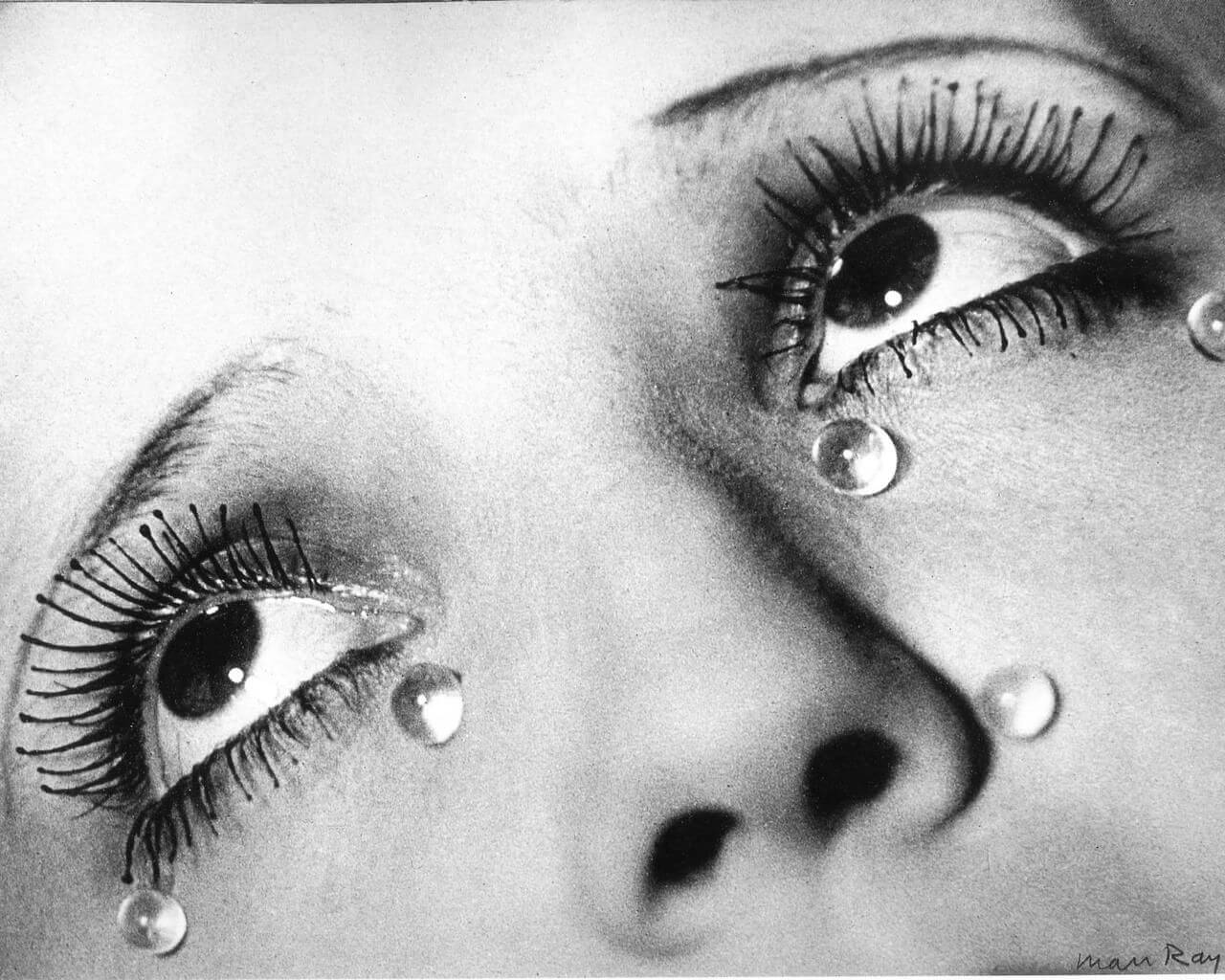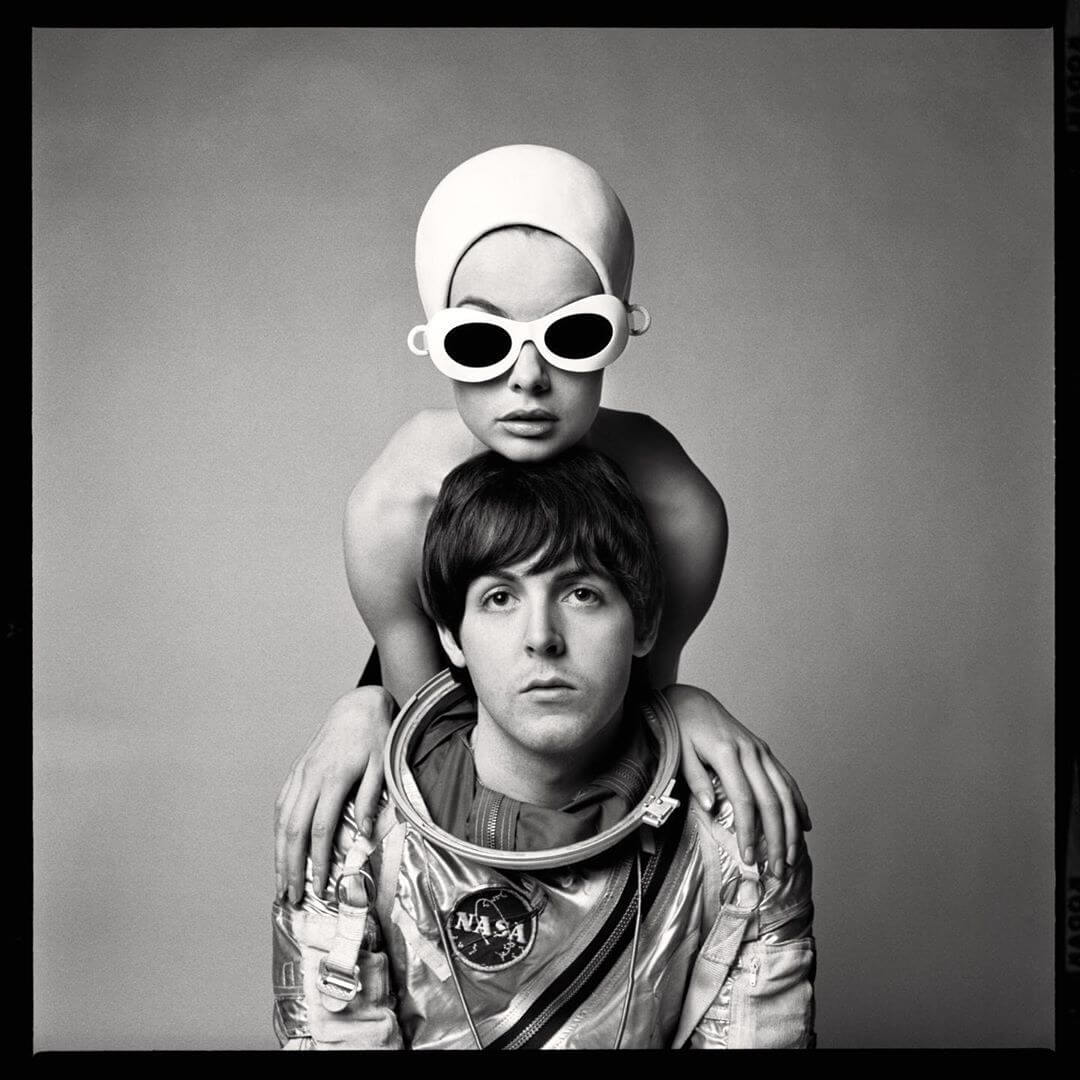Fine art photography is in direct contrast to documentary areas of photography, such as standard photojournalism, which functions more as a visual report and records the scene without manipulation.
Art photographers are artists who use photography as a medium, either alone or integrated into their work of art through collage.
So let's get into our Key Features Of Fine Art Photography & 7 Photographers Who Shaped It article shall we?
What is special about art photography?
Fine art photography contradicts what most people think of "normal" use of a camera. Most amateur photographers use their cameras to document important events and capture memories without artistic motivation.
Instead, what makes art photography stand out is that capturing a subject is not its primary purpose. These artists use photography as a means of expressing their vision and making an artistic commitment.
Ansel Adams once said:
"Art implies the control of reality, because reality itself has no sense of aesthetics. Photography becomes art when certain control measures are applied."
What exactly does that mean? Here Adams picks up on how artists have changed reality as a means to an end in the past.
For example, even classic landscape painters did not simply paint exactly what they saw in front of them. Many cleverly included or excluded elements that distracted from their message or, like Monet, worked with light and color to create a certain mood. Artwork photographers work the same way, simply using a camera instead of a brush.
With the entry into the 21st century, the spectrum has expanded greatly, and now any photography that has an artistic purpose can be considered visual art. This also includes artistic documentary photography by renowned photojournalists.
When trying to understand whether a photo should be considered art, it is always important to understand the photographer's intent. If there is an artistic message behind it, then the shot can be considered an art photograph, be it a landscape, portrait or abstract photograph.
Alfred Stieglitz and photography as a work of art
While it may be difficult to imagine a time when photography wasn't viewed as an art form, it was in the late 19th and early 20th centuries.
It is thanks to the artist Alfred Stieglitz and other modern photographers that photography was brought into focus as a visual art. Stieglitz in particular promoted this idea at the end of the 19th century and even published a specialist article on the subject.
Another milestone came in the early 20th century when Stieglitz 'photographs were exhibited alongside paintings by artists such as Mary Cassatt and James McNeill Whistler. The exhibition, entitled Special Exhibition of Contemporary Art, was organized by the National Arts Club and is considered the first major American exhibition to treat photographers and painters alike.
Later, Stieglitz and his wife Georgia O'Keefe were responsible for bringing the photography into the museum collections. A great achievement at a time when the medium was not yet on a par with painting and sculpture.
Stieglitz 'donation of 27 photographs to the Boston Museum of Fine Arts in 1924 marked the first time a large museum had included photography in its permanent exhibition.
Art photographers who define the medium
What Stieglitz started was continued by many others, each in his own way. From the gorgeous black and white landscapes of Ansel Adams to the groundbreaking work of Nan Goldin, here's a look at the famous art photographers who shaped the genre.
American photographer Paul Strand was very active in promoting art photography, with Stieglitz even exhibiting his work in his gallery and writing about his photography in his publication Camera Work.
He often experimented with the camera to create abstraction in his paintings and, much like painters and sculptors, picked up ideas by applying them to his photography. He later focused on how photography could be a tool of social change and reform, but always kept his artistic vision throughout his career, which spanned six decades.
Man Ray
 |
| Source: instagram.com/museumvoorlinden |
As a major player in the Dada and Surrealism movement , Man Ray's work spanned a wide variety of media. His ability to move seamlessly between painting and photography and to give them equal status in his artistic repertoire helped overcome the stigma of photography as a fine art.
In fact, his artistic interest shaped his commercial work, where he specialized in portrait and fashion photography. He also experimented with photograms as a form of expression.
Ansel Adams
Any occupation with landscape photography would not be complete without naming the legendary Ansel Adams. As a photographer and conservationist, his black and white landscape photography shows that many different genres can be viewed as fine art.
Adams' careful compositions and his ability to open up the landscape and give the viewer a different perspective on the setting are what distinguish his work. He proved that nature photography not only influences the preservation of nature, but is also competitive as a high art.
Richard Avedon
 |
| Source: instagram.com/avedonfoundation |
The American fashion photographer Richard Avedon not only captured models in elegant clothes with his camera, but also told stories and evoked emotions.
From his minimalist, large-format portraits that reveal the emotions of celebrities like Marilyn Monroe, to the relocation of model Dovima out of the studio and into the circus, his work revolutionized the industry.
Diane Arbus
 |
| Source: instagram.com/duroolowu |
Diane Arbus' work, which focused on the marginalized groups in society, gave voice to those considered unsightly or imperfect. Circus artists, dwarfs, nudists and transsexuals were all the subject of her work, which can be described as surreal.
Although she was considered a documentary photographer, artistic elements are always present in her work that were already successful during her lifetime. In 1967 she took part in an exhibition at MoMA in New York. This institution and the Metropolitan Museum of Art acquired several photographs for their collection. In 1972, a year after her death, she was the first photographer to exhibit at the prestigious Venice Biennale.
Cindy Sherman and modern art photography
 |
| Source: instagram.com/cindysherman |
Cindy Sherman uses her photography as a vehicle to act out a range of situations, using herself as her main model. As a photographer, costume wearer, make-up artist and director, Sherman dresses up more than just ordinary self-portraits to set up galleries that range from bored housewives to Hollywood actresses.
With a career spanning over 30 years, Sherman is considered one of the most outstanding artists in the field of contemporary art. Her work seems like an illusion, because her apparent realism is actually an elaborate ode to artificiality.
Robert Mapplethorpe
In the 1980s, his work evolved to focus on still lifes of flower paintings and statue-like nudes that seem to have been influenced by classical art.
He was also instrumental in influencing the love of photography as a visual art in his partner and benefactor Sam Wagstaff, who sold his painting collection to start collecting photography. This collection was later sold to the J. Paul Getty Museum for over $ 5 million.
Properties of fine art photography
Artistic vision
Before the work can become visual art, the artist must have an idea of what his work will look like according to his imagination.
An idea
The visual arts are about an idea, a message or a feeling. The artist has something that he wants to convey in his work.
This idea or message can be something small, a single word, or a whole statement. It's a start It's like a hypothesis.
Technology
The work you do to demonstrate your vision and ideas must have consistency. When everyone is working together, there must be similarities. Often times, artists use the same medium and techniques for every idea.
Scope of work
In the end there has to be a work that shows your ideas, topics and techniques. If you were to put your images in a gallery, there would have to be consistency.
Artist statement
After all, you most likely need an artist statement. A brief explanation of what the job is about, why you created it, and how.
THis was our "Key Features Of Fine Art Photography & 7 Photographers Who Shaped It" article for you. I hope you enjoyed! Don't forget to leave us your question down below in the comments. We would love to hear from you.




No comments
Post a Comment